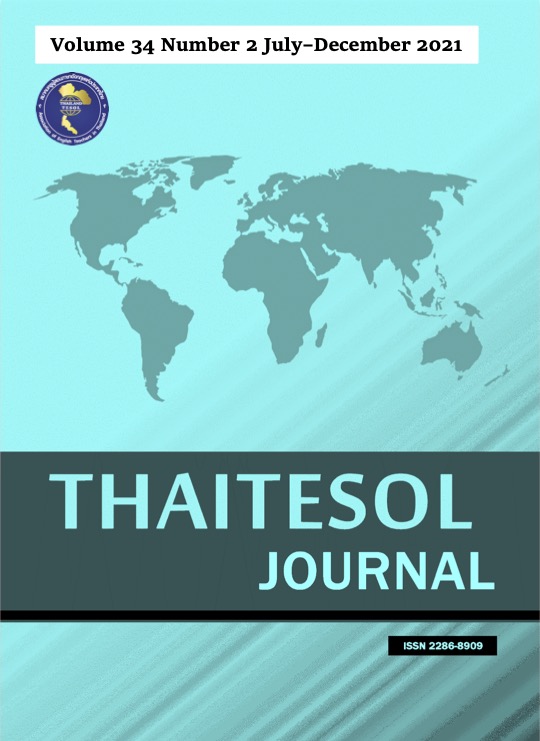Grammatical Complexity as a Predictor of Difficulty of Grammar Items in an English Test
Main Article Content
Abstract
This study explores the extent to which the difficulty levels of grammar items in an English test can be predicted by the complexity of grammatical structures. The researchers carried out two sets of analyses. In the first analysis, the item facility and item discrimination indices of 175 multiple-choice items were examined. In the second analysis, the researchers asked a group of experienced English instructors to rate the difficulty level of 116 English grammatical features. The results from both analyses were compared with the developmental stages of grammar acquisition of Pienemann’s Processability Theory (1998). The results revealed that some English grammar features were more difficult, and others less difficult, for ESL learners than the English instructors thought or believed. Moreover, the difficulty levels of grammatical structures derived from this study was not perfectly in accord with the developmental progression order proposed by Pienemann (1998). This result may suggest that Processability Theory might not adequately take account of the wide variety of grammatical structures in the standardized testing context. It is hoped that the findings of this study will be beneficial, not only to item writers and test developers, but also to English instructors, course syllabus designers, and developers of teaching materials.
Article Details
Materials in THAITESOL JOURNAL may be photocopied for educational purposes. Under no circumstances may any part of this journal be photocopied for commercial purposes.


